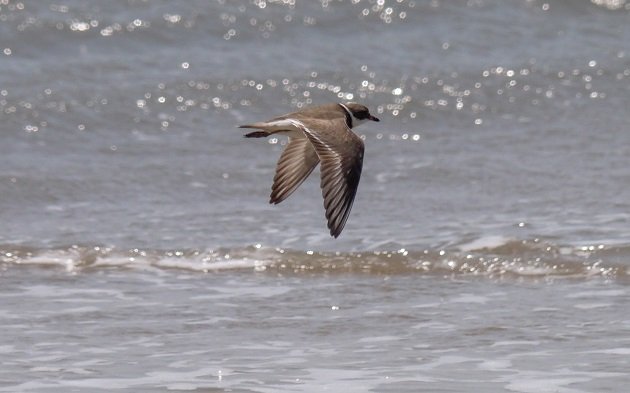
Tropical Storm Ana is the second earliest tropical storm to ever hit the Outer Banks. That’s interesting from a weather point of view, but not so good when it coincided with my graduation birding trip. Yes, I had officially graduated from the Duke Nicholas School of the Environment, and I was not going to let a little rain keep me from birding!
Turns out, Monday brought more than a little rain, and we got soaked as we explored the Alligator River National Wildlife Refuge and the Currituck National Wildlife Refuge along the ocean. We saw a few birds, including my first Prothonotary Warbler, but the birding was difficult.
Luckily for me our efforts were all rewarded on Tuesday, when the day dawned bright and clear. The humidity was up, but a stiff breeze made it comfortable, if slightly more difficult to hold a pair of binoculars steady.
Bodie Island Lighthouse
We began the day at the Bodie Island Lighthouse, just south of Nag’s Head. Constructed in 1872, the lighthouse was eventually turned over to the National Park Service in 1973. Visitors can walk up to the top of the lighthouse, but we were more interested in the boardwalk that took us out into the salt marsh. The flat expanse stretched far out into the distance, but close to us a few Least Terns chased each other, one lone Forster’s Tern glided by, and a handful of American Black Ducks swam about in the shallows.
Maritime forest
While most people come for the lighthouse, we had also come for the maritime forest that borders the road leading to the parking lot. Someone had told me a group of Red-cockaded Woodpeckers called this patch of forest home, and we were determined to find out if he was right. As we walked along the road, tall pine trees created a comfortable dappled shade. Great-crested Flycatchers were everywhere, and I became familiar with their both their buzzy and ascending reep calls. A few clearings here and there provided habitat for Prairie Warblers, a lone Brown-headed Nuthatch squeaked as it ran up and down a tree trunk, and even a pair of Yellow-billed Cuckoos alighted on a branch overhead before flying off to who knows where. No, we didn’t see the woodpeckers we sought, but I was thrilled with everything we did see!
Yellow-billed Cuckoo
Next stop: the dunes. The Outer Banks are known for their spectacular sand beaches, and in the protected areas these sand expanses are wide and largely free of visitors during the early summer. People with special permits are allowed to drive along the beaches, which I still find odd, but looking all the way up and all the way down the beaches revealed only a few cars.
Facing the ocean the breeze was fierce. Sand pelted our legs and got in our hair, but it couldn’t take away from the scenery. Something about Outer Banks beaches just makes you want to stretch out your arm and run along the waves, like we all did as kids.
Outer Banks beach at sunset
I wasn’t the only one who felt this way. Sanderlings also ran on their short little black legs, though it was to find food within the surf. Willets and Semipalmated Plovers were also among the packs of shorebirds, as were a few Whimbrels that I was excited to see but not expecting. They formed their little clumps along the water, all the species mixed together until a walker approached too closely. Then they would take to the sky, peeping and making a racket as they flew low over the waves to a new spot.
Shorebird cluster along the beach
I could have watched them for hours, but it was time to make our way to the Hatteras Lighthouse. Also constructed in the 1870’s, Hatteras Lighthouse looks very similar to the Bodie Lighthouse – both of which are iconic. Near the lighthouse was another expanse of maritime woods, but we were now in the heat of the day and saw little other than a Great Blue Heron and a few White-tailed Deer. The horse flies were also out in full force, and we scurried down the hot trail and back to the car in our efforts to escape. Still, we were in for another birding surprise.
Forested trail near Hatteras Lighthouse
As we pulled away from the lighthouse looking for a place to stop for lunch, my mom pointed to a large silhouette in the sky, “I think those are frigatebirds.”
Now me, with my infinite bird knowledge, quickly scoffed at her, “They can’t be frigatebirds, Mom, we are way too far from Florida.”
Magnificent Frigatebird
But she insisted, and when I finally poked my head out the window my eyes widened and I immediately shouted that we had to stop the car. Sure enough, when we pulled over and brought our binoculars up we saw not one but two Magnificent Frigatebirds gliding on the air currents above us. Upon checking my field guide, I confirmed that you could rarely see the frigatebirds all the way up the coast, and today we had been in luck!
Our last and final stop was the Pea Island National Wildlife Refuge, one of my favorite birding spots. I had been multiple times before, but I always see something new and exciting.
Shorebirds at Pea Island National Wildlife Refuge
This time it was shorebirds on shorebirds on shorebirds. Sanderlings and Dunlin and Black-bellied Plover dotted the mudflats that ran along the road, feeding and flying and mixing together in one, undulating mass. I even saw what I think are Dowitchers (thanks to some ID help from Scott and Natalia at Duke), but as there’s no way I can successfully separate the two species with only an average photo, I am content to leave it as just “dowitcher” in my notes.
Though we were almost rained out, my graduation Outer Banks trip will remain a highlight of my time in North Carolina. Not only did I see beautiful landscapes and great birds, but I could share the experience with my family. Sure, it sounds cheesy, but there’s something very satisfying when everyone can look at a bird and sigh over it’s coolness together!
A lone Willet against the sunset


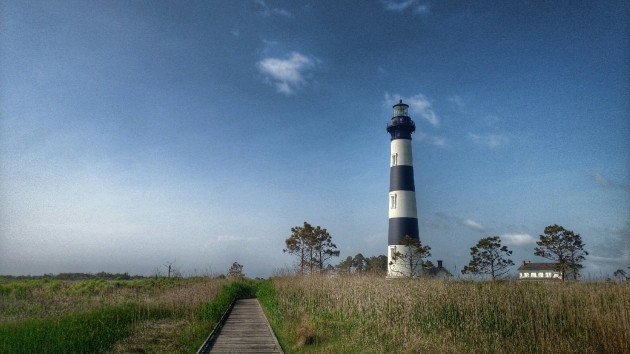
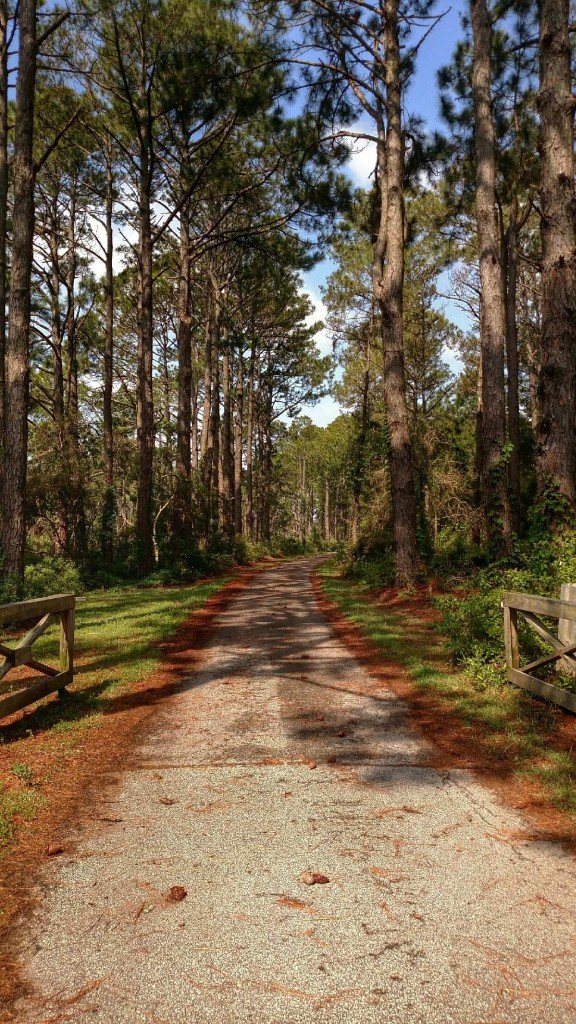
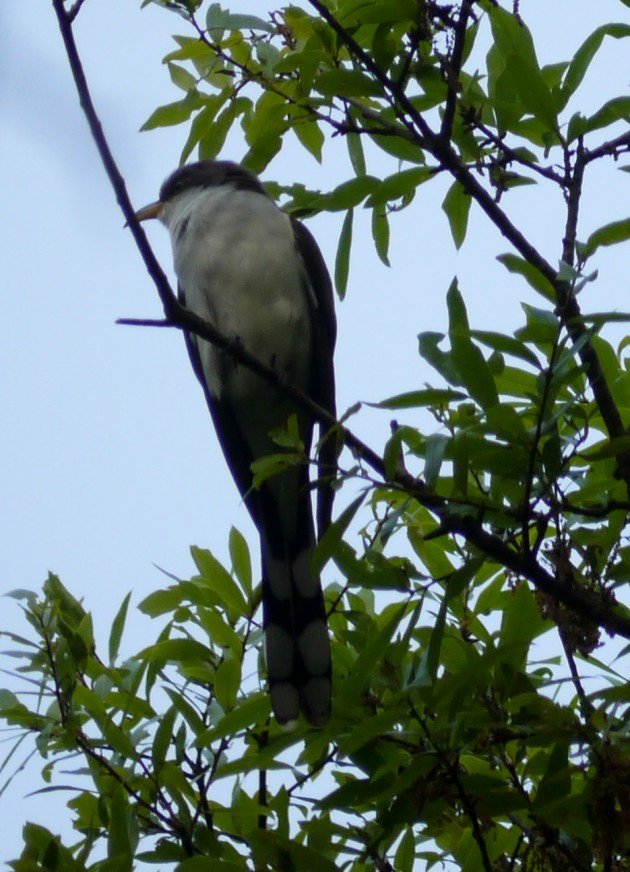
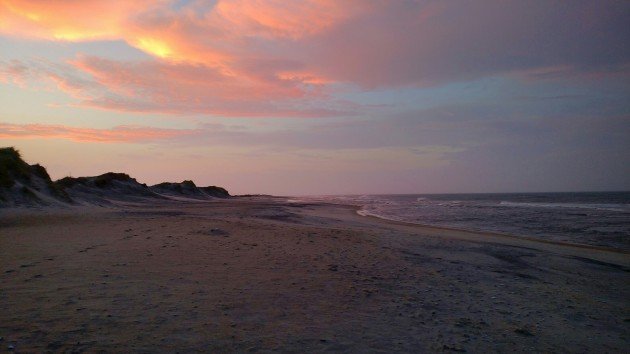
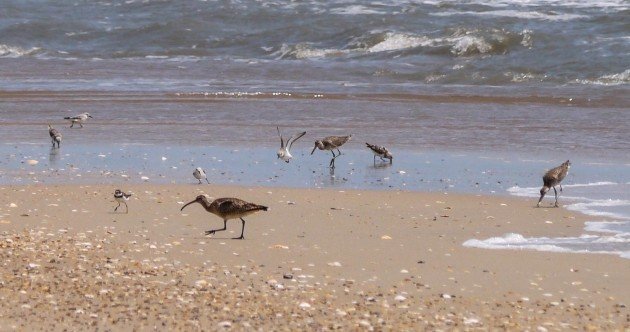

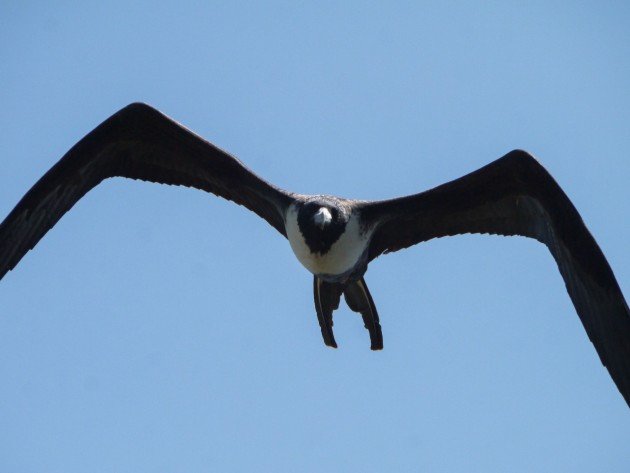
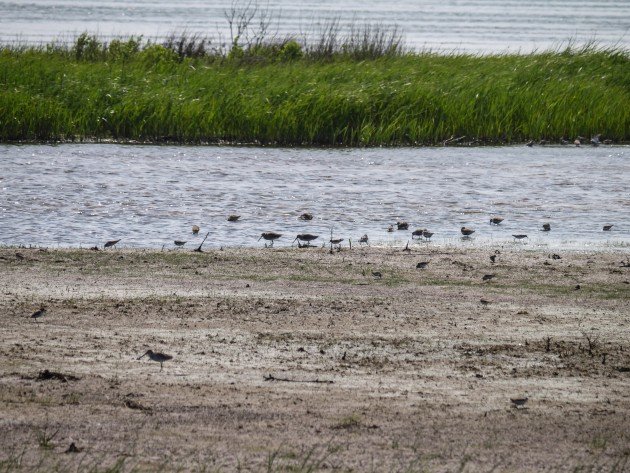
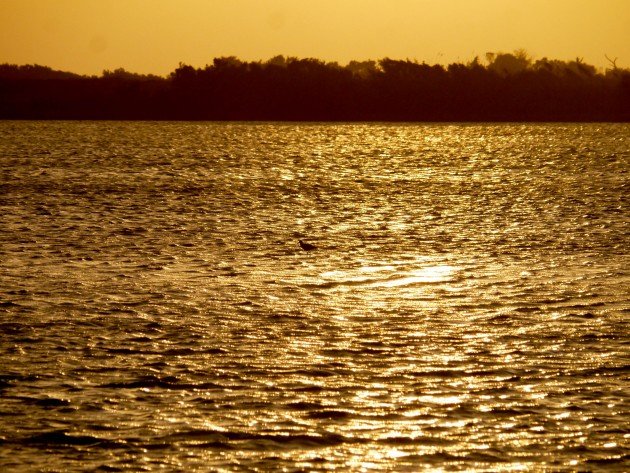











Not sure where that person had heard that Red-cockaded Woodpeckers are along the entrance road to Bodie Light. There are no RCWs on the Outer Banks. It’s a great place for Northern Saw-whet Owl and Red-breasted Nuthatch though! At least the right time of year.
Yeah we thought it was a little far-fetched as well!
Way cool you found those two Frigatebirds!
Next time you’re in that neighborhood, the local(ish) spot for RCWs is called Palmetto Peartree Preserve. It’s not far from Alligator River NWR.